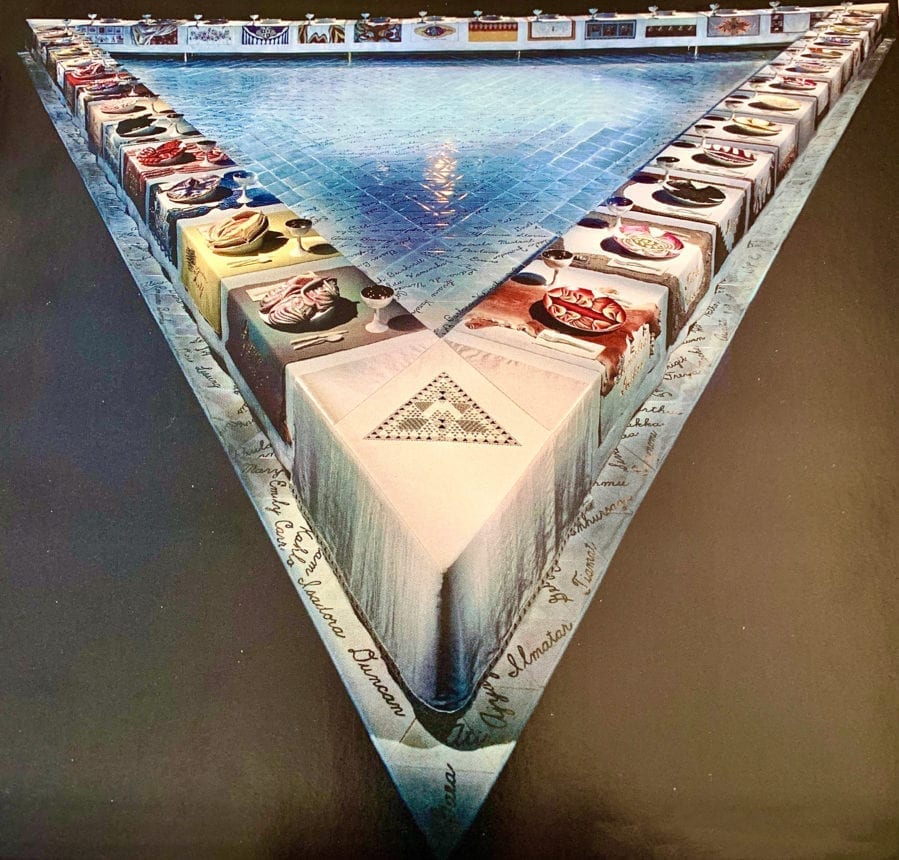🖼 So, what is the Feminist Art Movement?
The Feminist Art Movement emerged during the Second Wave of Feminism in the late 1960s and early 1970s. During this period of social, political, and cultural change, feminist artists sought to highlight women's expereinces through their work in ways that they had not previously been represented. Feminist artists explored alternative mediums and subjects in order to challenge the existing art canon. They embraced mediums such as textiles, video, and performance art; non traditional methods which were not valued to a male-domanated art world. The Feminist Art Movement, with the backdrop of the Second Wave of Feminism, has shaped how art can be defined and understood in the contemporary landscape today.
🎨 Who was involved?
Judy Chicago
is a pioneer of the Feminist Art Movement. She is an American Feminist
artist known for her abstract iconography, central core imagery, that
represents her expereinces as a woman. During the 1970s she
co-organised the project
Womanhouse (January 30 - February 28, 1972), a feminist art
installation and performance space which saw the transformation of a
delapidated Los Angeles house into a series of art installations. Each
space in the house examined an aspect of womanhood using
consciousness-raising techniques to highlight and subvert women's
social and political roles.

Her best known work, though, is The Dinner Party (1979). This installation features thirty nine place settings on a large scale triangular table, each representing mythical and historical women. Each place setting includes a hand sculpted and painted plate, ceramic cutlery, and an embroidered napkin. Each design is unique and is emblematic of the woman it belongs to. Since 2007, The Dinner Party has remained a permenant feature of the Elizabeth A. Sackler Centrer for Feminist Art at the Brooklyn Museum, New York.

